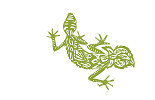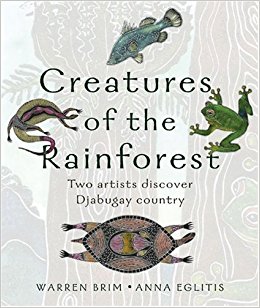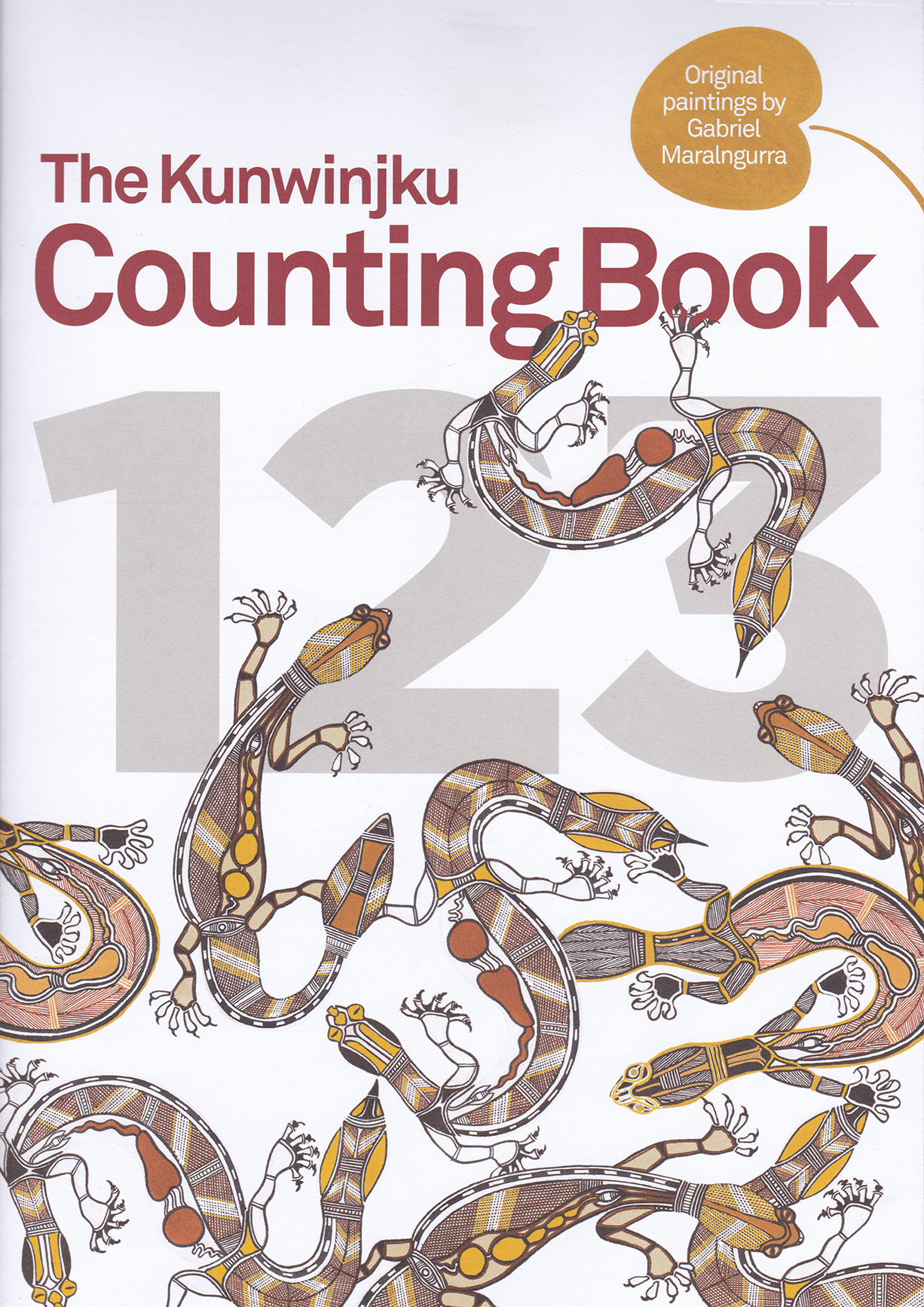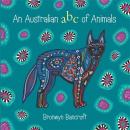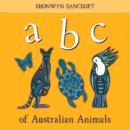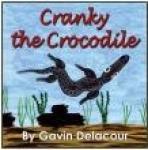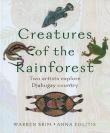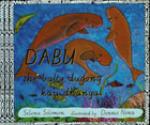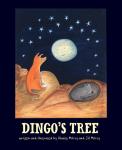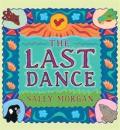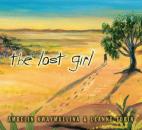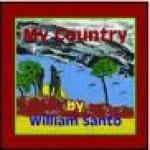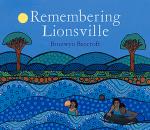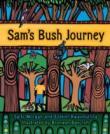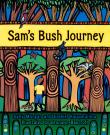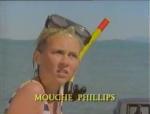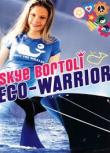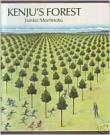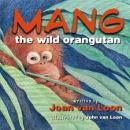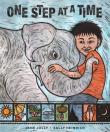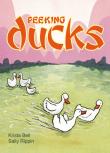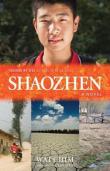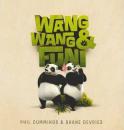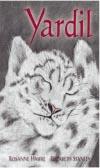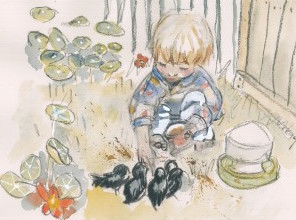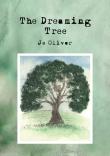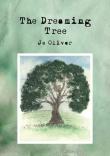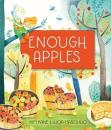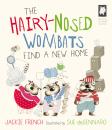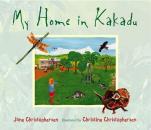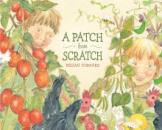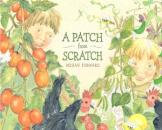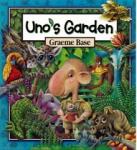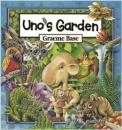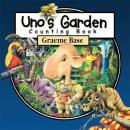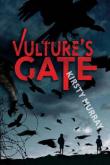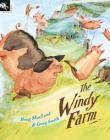AustLit
-
Children's texts with environmental themes are key tools to developing environmental awareness in children and young people. Using picture books, children's fiction, novels, graphic novels, and tv and film can provide a plethora of opportunities to develop many of the 'General Capabilities' stipulated in the Australian Curriculum* (i.e. literacy; numeracy; intercultural understanding; critical and creative thinking; ethical understanding; and, personal and social capability), as well as a space to examine the Cross-Curriculum Priorities: Aboriginal and Torres Strait Islander Histories and Cultures; Asia and Australia's Engagement with Asia; and, Sustainability.
This section groups together samples of work that can be used to facilitate learning around a variety of study areas, as well as the cross-curriculum priorities (CCP).
N.B. Australia Curriculum references Version 8.3, sighted March 2017.
-
Many texts cited in the 'Children's Literature and the Environment' project can be used in any classroom, such as Millie Loves Ants. This example is a story about a girl who follows an echidna tracking a trail of ants through her house, backyard and into the bush. The girl does not disturb the echidna or the ants, even though they are everywhere in her house, e.g. beneath the bath, in pot plants, and so on. Ants are shown to be vitally important to soil and plant life through the food they gather and store. In turn, they are an important food source for the echidna who needs the nourishment for her baby. It is an enjoyable and simple narrative that can be used to discuss a range of complex topics such as ecology, wildlife in urban landscapes, food chains, biodiversity and the cross-curriculum priority 'Sustainability'.
-
There are also many works that demonstrate learning in and about the environment simply by getting out in nature and respectfully engaging with the outside world. Such texts include, Rockhopping and Rivertime by Trace Balla; Violet Mackerel's Natural Habitat by Anna Branford, where the titular character assists her big sister with school project about the natural habitats of ladybugs; or Going Bush, which follows a group of students as they explore Wolli Creek and Turella Reserve.
Finally, many of the books found in this Exhibition can be used outside of the English classroom in areas such as Geography, History, and Science (particularly works about species conservation and biodiversity). See for example One Small Island, which tells the conservation history of Macquarie Island, in the Southern Ocean. It is complete with historical documents, geographical information and maps, as well as scientific and environmental facts about the unique life and biodiversity on this island.
-
The environment should come first, but it's not as easy as it seems. We need to all do our bit, to save water and to keep our communities alive!
(Bianca Honson, 11 years, from 'Saving the Murray River' in River Dreams.)
Writing by children about nature is not uncommon, particularly now that Sustainability is a cross-curriculum priority in the Australian Curriculum. There are two series of particular note:
- Enviro-Stories / PeekDesigns - http://www.envirostories.com.au/
The Enviro-Stories program aims to connect children with their environment. All stories are published online by PeekDesigns and are freely available to read here. The topics are comprehensive and examine many themes found within this Exhibition including sustainability, water conservation, introduced species and endangered animals.
- Special Forever : An Environmental Communications Project / Writing and Art by Children of the Murray-Darling Basin - sponsored and published by the Murray-Darling Basin Authority and Primary English Teaching Association Australia.
This series ran for over 20 years, and some volumes can be difficult to obtain. There is a great deal of comprehension of environmental issues evident in the work contained in these volumes. The poetry and art are impactful, they celebrate nature and mourn environmental destruction, and are full of environment messages, such as the quote above from River Dreams.
Suggested reading: Cormack, Phil and Barbara Comber (2007) ‘Young people’s representations of the Murray-Darling Basin’. In: Potter, Emily (Editor); Mackinnon, Alison (Editor); McKenzie, Stephen (Editor); McKay, Jennifer (Editor). Fresh Water: New Perspectives on Water in Australia. Carlton, Vic.: Melbourne University Press, 2007: 134-152.
-
There are also a small number of individual publications with heavy involvement from children. Finnley’s Great Escape is about an Australian smelt fish called Finnley and his native fish friends. They are swept away to a toxic part of the Condamine River that is infested with an introduced species of fish, the tilapia. The book was a collaboration between Condamine Alliance (Queensland natural resource management group), the Murray-Darling Basin Authority and 13 young people who helped write and illustrate the book.
Upstream is about Pearl the Callop who is swimming upstream to try make it to the River Murray. Parrot, Frog, Dragonfly, Yabby and Pelican try to help her and she learns about the dangers and damage done to the river along the way. This book is co-written by Elizabeth Frankel and students from the Barmera Primary School. The Foreword states: The Katarapko Eckert Creek Demonstration Reach for Native Fish (Katfish Reach) is a community initiated project which aims to address issues that have resulted in a dramatic decline in a native fish numbers in the Murray-Darling river system. The fish require a variety of habitats in order to successfully breed.
-
There are many alphabet books with environmental themes. Identification of animals via the alphabet shows the diverse animal and plant life either globally, such as A-Z of Endangered Animals and A Sea of Words : An ABC of the Deep Blue Sea; or locally, as in Creatures of the Rainforest. Creatures of the Rainforest: Two Artists Explore Djabugay Country is an alphabetical dual language picture book about creatures from Djabugay country (rainforest and Tableland country of far North Queensland). Each double page spread is about an animal: it contains the English word for the animal e.g. 'ant' and then the Djabugay name for the animal 'Djiliburay' (the alphabetical order is based on the English language words); and stories about the creature and Aboriginal people's use and history with the creature. The endpapers include a Djabugay pronunciation guide.
See also A Is for Australian Animals by Frane Lessac; ABC Dreaming by Warren Brim; and, Its and Bits of Nature : A-Z of Biodiversity, in which the animals (predominately reptiles and insects), are anthropomorphised. Each letter refers to information regarding species, habitats, and scientific facts and glossary terms. It includes words such as camouflage, eggs, and symbiosis.
Search 'alphabets' for more books.
-
Counting techniques are often incorporated into environmental picture books as a strategy to help early childhood readers grasp complex subjects such as species decline, habitat loss and biodiversity.
The Kunwinjku Counting Book 123 is counting book about the complex ecology of West Arnhem Land and Kunwinjku Aboriginal culture. The book includes numbers in both English and Kunwinjku languages. Each number is accompanied by an animals, with details on the Kunwinjku people's relationship with the animal and surrounding ecosystems. Works by Graeme Base such as Uno's Garden or The Waterhole illustrate animal dependence on natural resources by incorporating counting to demonstrate species decline and the impact of drought, respectively.
Counting books can also convey a celebration of nature and unique ecosystems. See for example Joey Counts to Ten by Sally Morgan, or The Twelve Days of Christmas Island, which contains factual information on each of the unique bird species present on Christmas Island, as well as the habitat and environment found therein.
-
-
You might be interested in...

